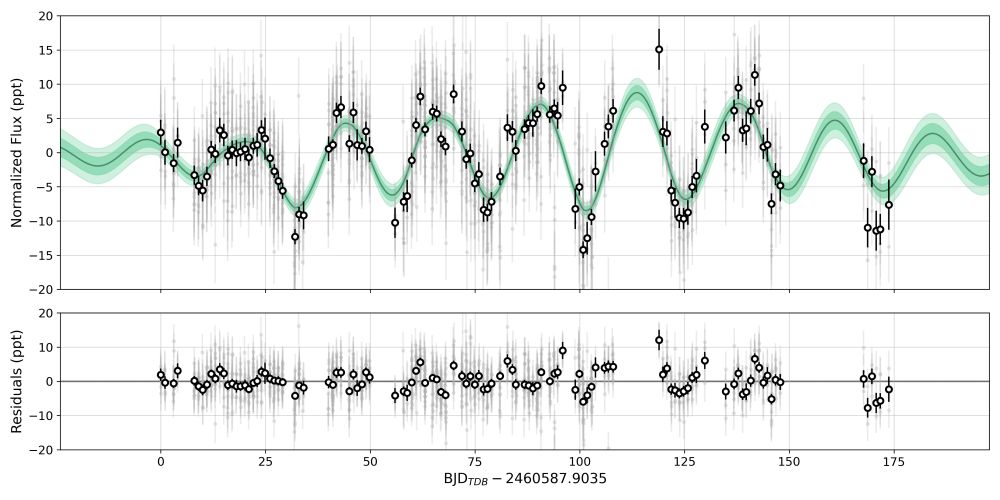
https://patricktamburo.github.io/
https://sites.harvard.edu/tierras-observatory/
arxiv.org/abs/2506.20907

arxiv.org/abs/2506.20907


arxiv.org/abs/2506.11998
arxiv.org/abs/2506.11998
iopscience.iop.org/article/10.3...

iopscience.iop.org/article/10.3...













